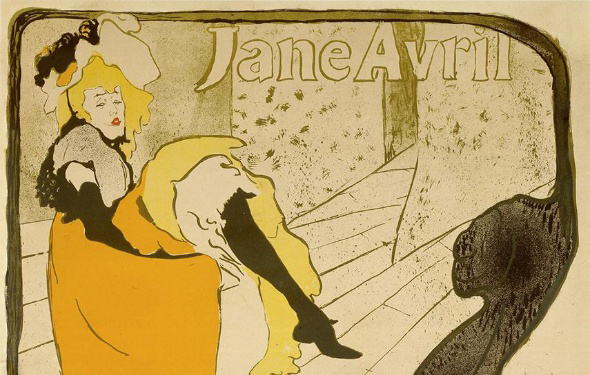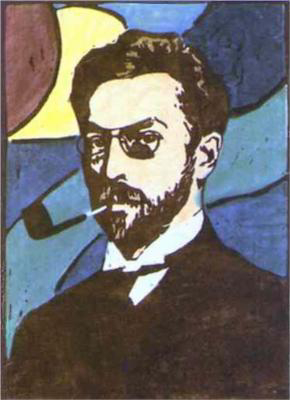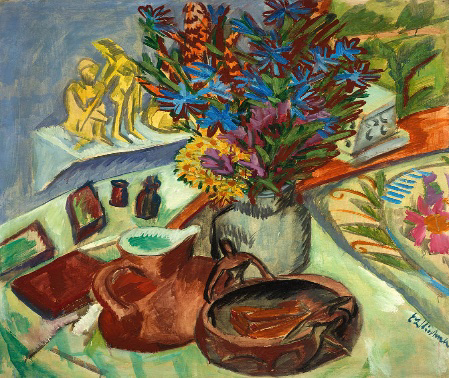Printmaking is one of the core foundations of both conventional and contemporary art. It is an artistic printing technique that fosters the creation of images on paper or fabric. As a theme, printmaking comprises various dimensions ranging from classifications to applications to printmaking patrons. It is through inventions such as printmaking that art has significantly evolved into diverse contemporary forms and styles. The following is an evaluation of the dimensions of printmaking.
Categories of Printmaking
Printmaking as a conventional style of art falls into four categories which constitute relief, stencil, intaglio, and planographic printmaking. In relief printmaking, the predominant design that is to be transferred onto the printing surface is carved out of a solid material (Printmaking). Stencil printmaking entails rubbing or spraying paint around the areas of the design that was cut on a thin material then pressed on a surface (Printmaking). In intaglio, the design is carved to hold the ink and then printed that way onto the material or paper (Printmaking). In planographic printmaking, a print is created from a level surface as opposed to incised and raised surfaces. These types of printmaking have differences relative to the nature of the surface, which creates or forms the print that is to be transferred onto a fabric or paper.
Contemporary Applications of Printmaking
Firstly, printmaking was used as a medium of communication through which artists could cover their messages to society. In addition, the Japanese used printmaking to make copies of the Buddhist manuscripts in the 8th century. A lithograph is an example of a traditional printmaker that was mainly used in photographic printmaking. An example is the Henri de Toulouse-Lautrec – Jane Avril at the Jardin de Paris, 1893. The tool is considered to be conventional because it used a lithographic limestone on which an image was drawn using oil, fat, or wax.

Artists began to experiment with a modern approach to making prints from the 1970s. Wassily Kandinsky is one of the artists who started using modern ways of making prints. He used the abstract technique to create his first watercolor abstract, titled Study for Composition VII, Première abstraction. The masterpiece has no subsequent editions, it was the artist’s first created while studying Goethe’s Theory of Colors.

In conclusion, printmaking was grossly used in traditional societies to create prints that were used in various ways. Not only was printmaking used as a medium of communication but also as a tool for the celebration of religion and culture. In addition, it significantly impacted the modern ways of making prints in the sense that it acted as a medium of transition between contemporary and conventional art.
Contemporary Art
Contemporary art has quite refined from the conventional days to being used as a mirror of the modern social issues. The techniques and styles of contemporary art have been affected by cultural diversity and technology to form a set that is quite different from the conventional art forms. In general, contemporary art is different from conventional art in the sense that modern art lacks the aspect of uniformity and ease of understanding.
Techniques and Styles of Art in the Modern Era
The modern schemes of art that contemporary artists experiment, include abstract art, minimalistic art, sculpture art, pop art, and still life art. In abstract art, patterns, textures, and composition are created to depict simplicity, spirituality, and purity (Modern day movement). In addition, minimalistic art was used to create geometric shapes that depict unique realism (Modern day movement). Furthermore, sculpture art was used to carve, construct, model, and cast three-dimensional artworks (Modern day movement). In pop art, artists used commonplace commercial world items such as newspapers or road signs to convey a distinct message (Modern day movement). Lastly, still-life art was used to make art that focussed on the celebration of material pleasures and shortness of human life.
Contemporary Versus Conventional Techniques of Art
Primarily, the traditional techniques were meant to elicit a realism of life through narratives. Contemporary styles use technology, live elements, and performances to portray a certain message (Modern day movement). Furthermore, contemporary art explores diverse subject matters, unlike traditional techniques that focused on religion and culture (Modern day movement). Lastly, contemporary techniques are harder to interpret than conventional techniques because they lack uniformity of subject matters.
Impacts of Historical and Cultural Context on Art
Culture shapes a person’s views and perception on various subject matters. In conventional techniques, artists created a masterpiece to elicit the celebration of religion and culture. In contemporary art, artists used art techniques such as minimalism to elicit beauty and simplicity of life. History has and had an impact on contemporary and conventional art relative to what techniques were available to the artists for use.
Importance of Artists’ Self-expression
Self-expression is a vital element that enables an artist to be unique and stand out from other artists around the world doing. Self-expression also enables an artist to portray a distinct emotion (Modern day movement). An example is Ernst Ludwig Kirchner: Still Life with Jug and African Bowl. This is quite different from conventional art of which was specifically aimed to depict the celebration of culture and religion. An example is Leonardo da Vinci-The Last Supper.


In conclusion, dimensions of making prints, such as the categories and applications, and techniques, form the background for the modern techniques of making prints. In addition, cultural diversity, advancements in technology, and history have greatly impacted both contemporary and conventional art. As such, in the modern age of art, an artist needs to have self-expression to make unique art that can depict emotions and feelings.
Work Cited
Abdou, Kelly Richman. “What is Contemporary Art? An In-Depth Look at the Modern-Day Movement.” 2019. Web.
Writer, Stuff. “What Are the Different Types of Printmaking?” Reference. Web.